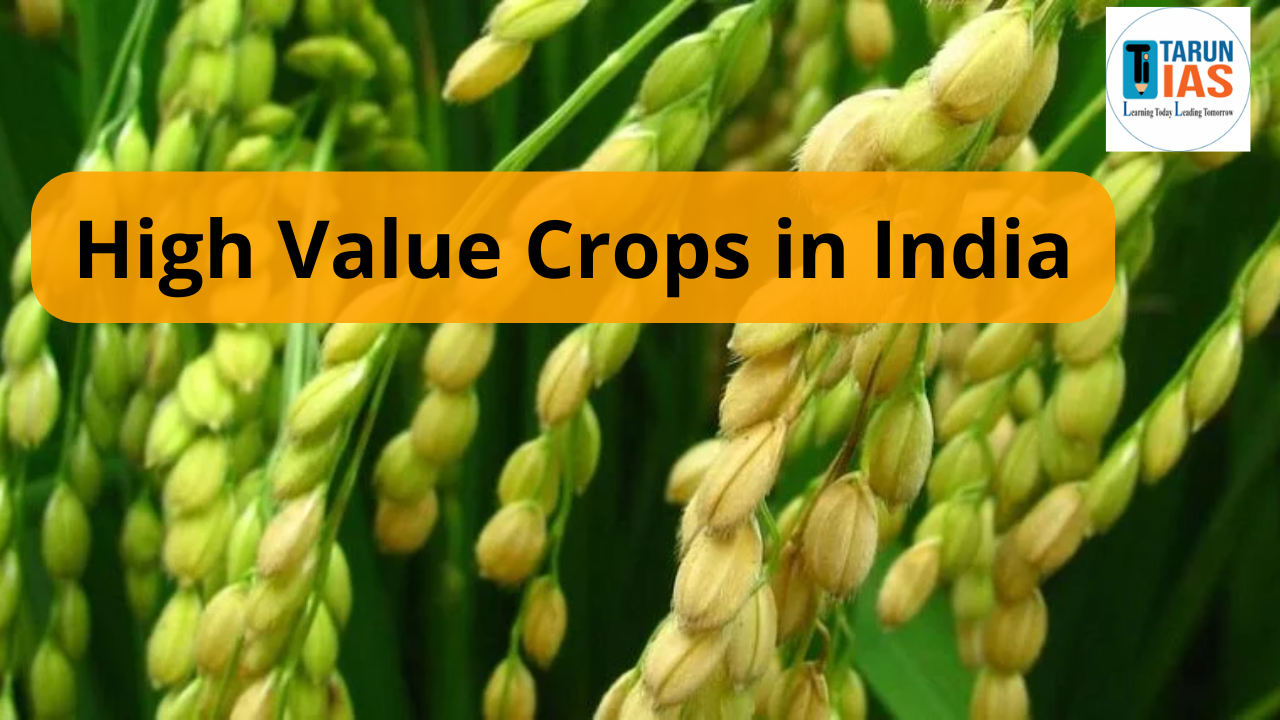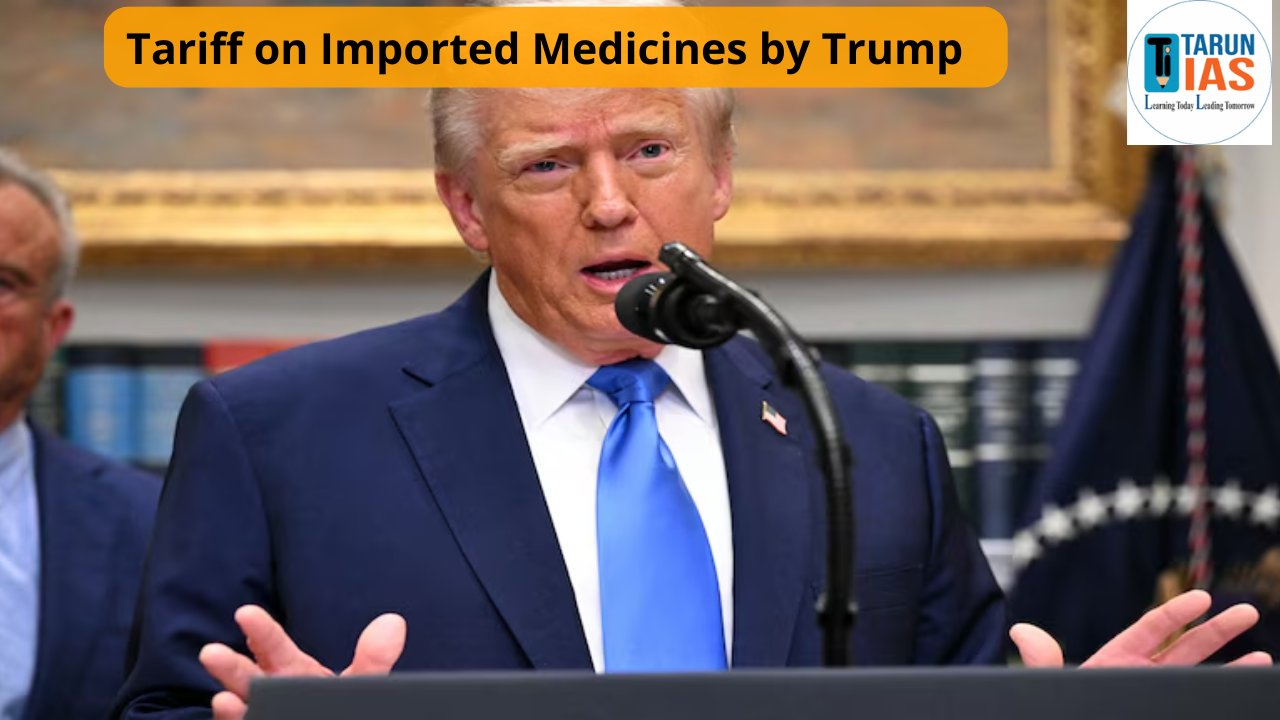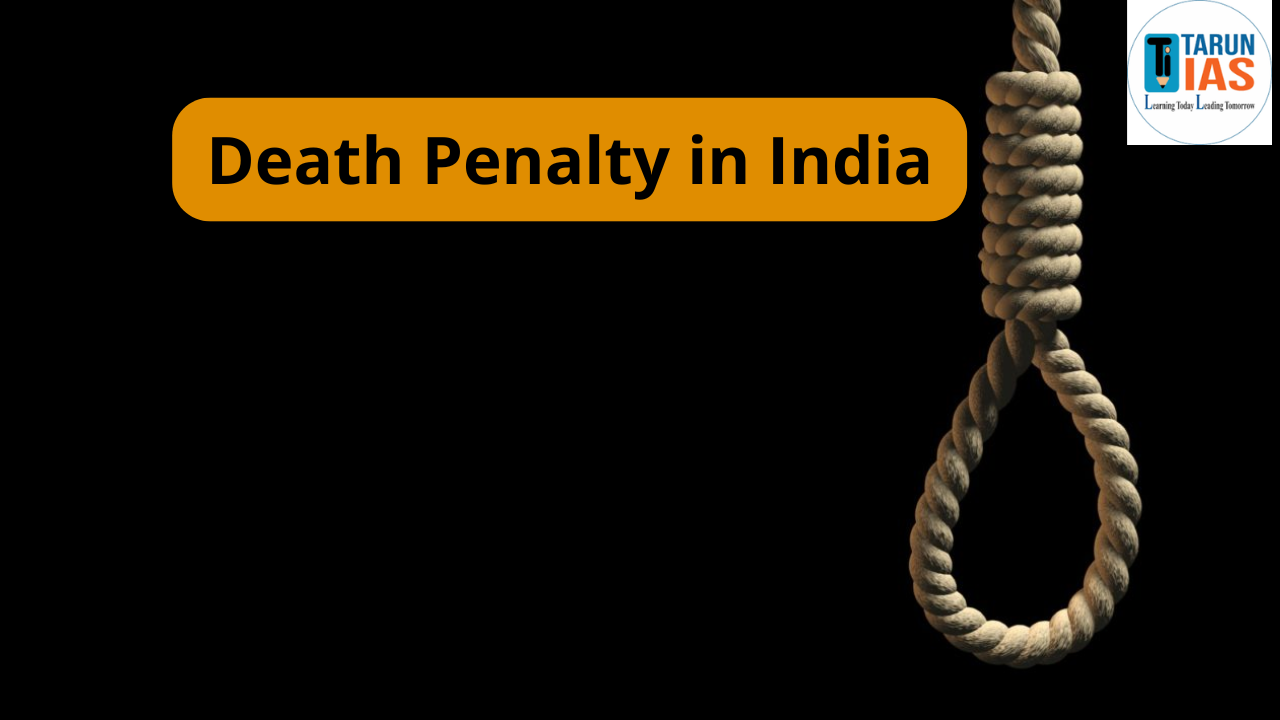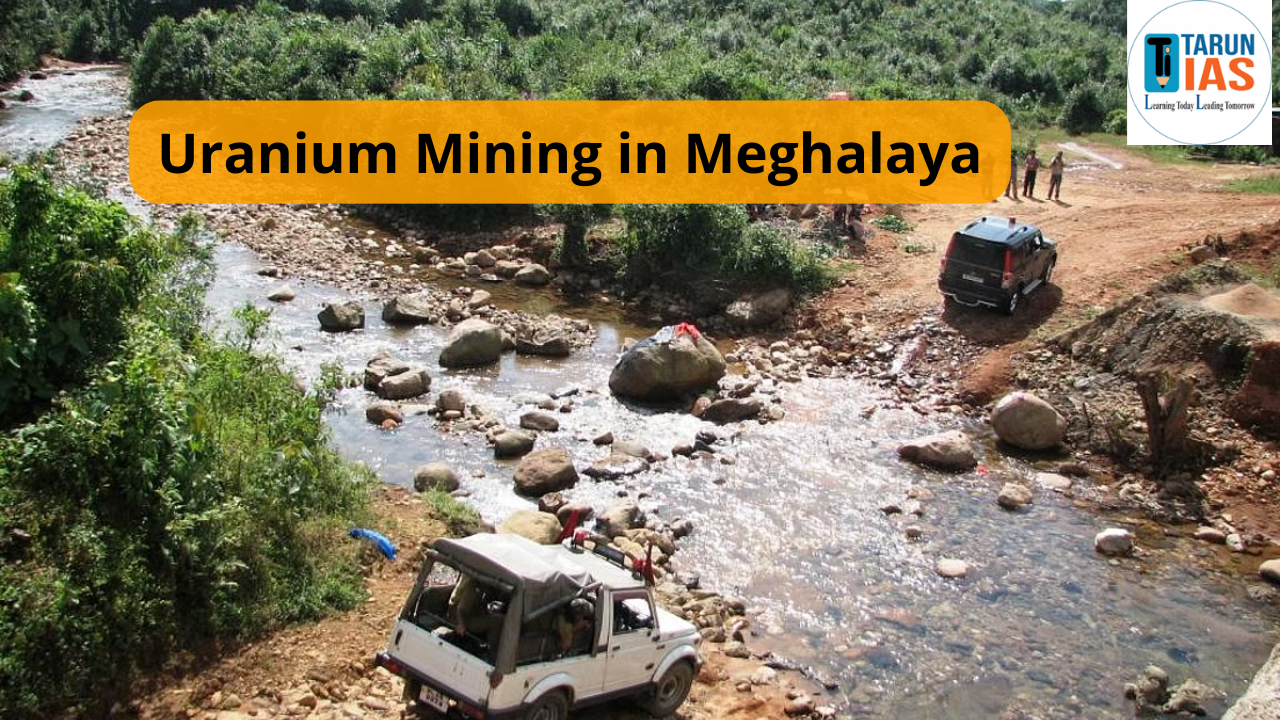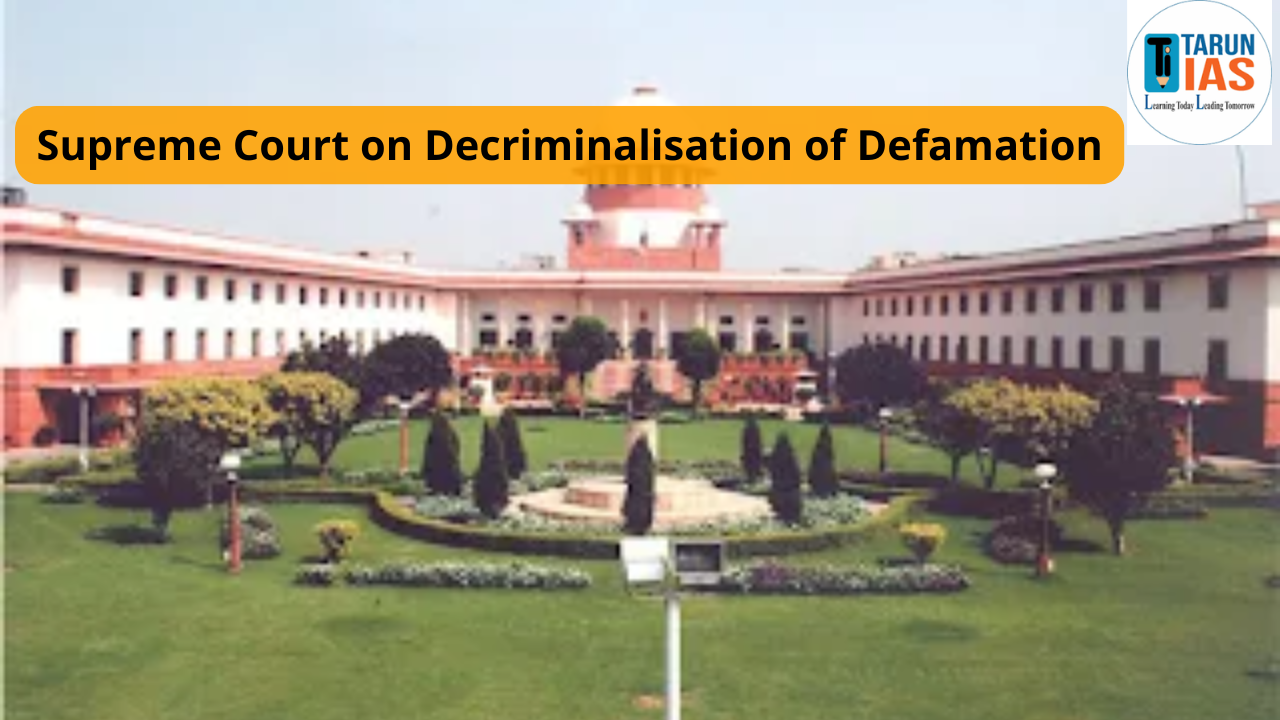The cabinet carries out its duties through various cabinet committees. The cabinet committees are organisational devices which lessens an enormous workload of the cabinet. They also facilitate an in-depth examination of policy issues and effective coordination.
Features of Cabinet Committees
- Extra-Constitutional nature: The Government of India Transaction of Business Rules, 1961, allows for the creation of cabinet committees.
- Types of cabinet committees: Cabinet committees can be categorized as either Standing or Ad hoc. When comparing the two, the former is permanent in nature, while the latter is only transitory. Ad hoc committees are formed as needed to address unique issues. They are disbanded once their purpose is achieved.
- Constitution- The Prime Minister constitutes them based on the current situation and the demands of the time. As a result, their mandate, nomenclature, and composition changes as per exigencies of time.
- Membership: Their membership typically ranges from three to eight ministers. Ministers responsible for key portfolios usually serve as members of these committees. Usually, they are made up of only Cabinet Ministers. Non-Cabinet Ministers can also be invited for their meetings.
- Chairman: The Prime Minister is usually in charge of these committees. Sometimes other Cabinet Ministers, such as the Home Minister or Finance Ministers, are also in charge. It is chaired by the PM, if he/she is a member of a committee.
Cabinet Committees at Present
Cabinet Committee on Political Affairs
Composition: It is headed by the Prime Minister. Other members include Cabinet ministers holding important portfolios like Finance, Defence, Home Affairs, Agriculture, Rural development, Commerce, etc.. It is also known as the “Super Cabinet.”
Functions:
- Dealing with issues related to Centre-state relations
- Examine economic and political matters that necessitate a broader perspective.
- Handle foreign affairs that do not pose internal or external security risks.
Cabinet Committee on Parliamentary Affairs
Composition: The Union Defence Minister leads these committees. Other members include Cabinet ministers holding important portfolios like Parliamentary affairs, Information and Broadcasting, Law and Justice, etc.
Functions:
- Draw the schedule for Parliament sessions.
- Oversee the progress of government activities within Parliament.
- Examine non-government business and determine which official Bills and resolutions should be introduced.
Cabinet Committee on Economic Affairs
Composition: It is headed by the Prime Minister. Other members include Cabinet ministers holding important portfolios like Finance, Defence, Home Affairs, External affairs, etc.
Functions:
- Continuously review economic trends, challenges, and opportunities to create a cohesive and comprehensive economic policy framework for the nation.
- Direct and align all economic activities requiring top-level policy decisions, including foreign investments.
- Address issues concerning the pricing of agricultural products and control prices for industrial raw materials and goods.
- Assess the performance of Central Public Sector Enterprises and evaluate cases related to their structural or financial restructuring.
- Consider matters pertaining to disinvestment and establish priorities for investments in the public sector.
- Review the progress of initiatives related to rural development, especially those affecting small and marginal farmers.
- Examine the necessary measures to enhance the efficiency and effectiveness of the Public Distribution System and set the prices for items supplied through it.
Appointments Committee of the Cabinet
Composition: It is headed by the Prime Minister. The Union Minister of Home Affairs is its only member.
Functions:
- Make decisions regarding appointments to several critical government positions, such as the chiefs of the Army, Navy, and Air Force, RBI governor, Solicitor General, Chief Vigilance Officers, and Secretariat appointments at or above the joint secretary rank, among others.
- Resolve all disagreements concerning appointments between the relevant department or ministry and the Union Public Service Commission. They address issues related to law enforcement and internal security.
Cabinet Committee on Security
Composition: It is headed by the Prime Minister. Other members include Cabinet Ministers of Finance, Defence, Home Affairs and External Affairs.
Functions:
- Deal with all defence-related issues.
- Address issues related to law enforcement and internal security.
- Handle economic and political matters that could influence national security.
- Assess manpower needs related to national security, including proposals in this context.
- Deal with all issues concerning atomic energy.
- Manage policy matters about foreign affairs with internal or external security ramifications, including agreements with other nations on security matters.
Cabinet Committee on Accommodation
Composition: The Union Home Minister heads this committee. Other members include Cabinet ministers holding important portfolios like Road Transport and Highways, Corporate affairs, Housing and Urban Affairs, etc.
Functions:
- Set guidelines or regulations for out-of-turn allotment of government accommodations.
- Review the allocation of accommodation from the General Pool to Members of Parliament.
- Decide on the allotment of government housing to various categories of non-eligible individuals and organizations, as well as the rental rates for them.
- Evaluate proposals regarding relocating existing central government offices outside Delhi and the establishment of new offices within Delhi.
Cabinet Committee on Investment and Growth
Composition: It is headed by the Prime Minister. Other members include Cabinet ministers holding important portfolios like Finance, Commerce and Industry, MSMEs, Civil Aviation, Railways, Road Transport and Highways, etc.
Functions:
- Consider strategies to encourage investment and foster economic growth.
- Explore numerous initiatives to enhance the Ease of Doing Business, such as simplifying and streamlining rules and regulations.
- Discuss measures to accelerate the approval process and execution of essential ongoing and new projects.
- Consider sector-specific reforms and initiatives aimed at promoting exports, substituting imports, and boosting capital inflows.
- Evaluate any other matters related to enhancing investment and growth.
Cabinet Committee on Employment and Skill Development
Composition: It is headed by the Prime Minister. Other members include Cabinet ministers holding important portfolios like Agriculture, Skill Development and entrepreneurship, Consumer Affairs, Commerce and Industry, etc.
Functions:
- Assess policies, programs, and other initiatives for job creation and skills development.
- Explore strategies aimed at developing skills and improving the workforce’s employability to meet the economy’s evolving demands effectively.
- Work on identifying and addressing gaps between skill requirements and availability across different sectors.
- Consider initiatives to enhance workforce participation, with a particular focus on women in the workforce.
- Evaluate measures for the swift implementation of job creation and skills development initiatives by ministries and departments, along with periodic progress reviews in this area.






